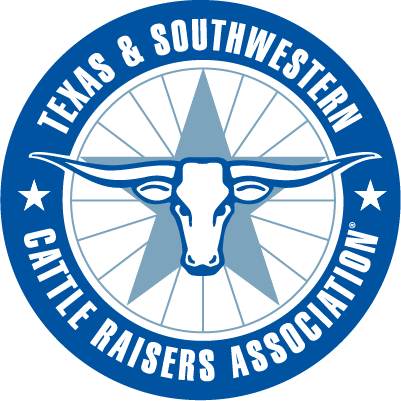June 29, 2015
Meat prices and production
by Derrell S. Peel, Oklahoma State University Extension livestock marketing specialist
The latest retail meat price data for May shows Choice beef prices at $6.412/lb., up one cent from April and 8.4 percent higher than one year ago. The All-Fresh retail beef price was 2.2 cents higher than last month at $6.059/lb., up 10.8 percent year over year. Retail pork price in May was $3.696/lb., down 7.3 cents from April and 9.8 percent lower than one year ago. The May broiler composite retail price was $1.932/lb., down 6.6 cents from last month and 0.7 percent lower than one year ago.
Higher retail beef prices and lower pork and broiler prices in May follow from decreased beef production and increased pork and broiler production. Beef production for the year to date through May was 4.7 percent lower than one year ago while pork production for the same period was up 5.6 percent and broiler production was up 3.9 percent. The underlying supply conditions notwithstanding, there continues to be surprise at the apparent lack of substitution between beef and the other meats, in terms of retail prices. Retail price ratios in May pushed to higher record levels for beef relative to pork and broilers. May retail beef prices were 3.14 times retail broiler prices, a new record beef-broiler retail price ratio and the sixth consecutive month with a ratio at 3 or higher. The beef to pork retail price ratio advanced to 1.64 in May, a new record level and the sixth consecutive month with a ratio of 1.5 or higher.
The latest hog and pig report indicates that hog production is near a peak currently and pork supplies will large through the remainder of the year, perhaps tapering off a bit going into 2016. Pork production is expected to be up roughly 5 percent year over year in 2015 and will likely increase but more modestly in 2016. Likewise, broiler production is expected to be up 5 percent in 2015 compared to last year and will continue increasing at a slower pace in 2016. Beef production will likely remain down year over year for the remainder of the year but may begin to increase year over year in 2016. Beef production may be down roughly 2 percent in 2015 compared to 2014 levels. In the meantime, it appears that retail beef prices will depend less on pork and poultry supplies than on continued tight beef supplies.
Understand and avoid heat stress in cattle
by Glenn Selk, Oklahoma State University Emeritus Extension animal scientist
Understanding and avoiding heat stress in cattle can be a valuable management tool for summertime in Oklahoma. Most areas of Oklahoma have 10 or more days each year above 100 degrees and 70 or more days with high temperatures above 90 degrees Fahrenheit. (Source: 1997 Oklahoma Climatological Survey).
This means that most cow calf operations will be working cattle on days when heat stress to cattle is likely. Cattle have an upper critical temperature approximately 20 degrees cooler than humans. When humans are uncomfortable at 80 degrees and feel hot at 90 degrees, cattle may well be in the danger zone for extreme heat stress. Humidity is an additional stressor that intensifies the heat by making body heat dissipation more difficult. See the graphic below that illustrates the level of heat stress that cattle endure at varying temperature and humidity readings.
The temperature humidity index is calculated to help producers know when to avoid putting cattle in situations of undue stress and danger. It is extremely helpful in making decisions as to when to “work” cattle such as weaning fall-born calves. The weaning process can be stressful enough in pleasant weather, but combined with a high temperature-humidity index can be fatal.
In most Southern Plains situations, the spring AI breeding season has been concluded. If, however, a few cows are still to be bred artificially, time the breeding to be done in the early morning. Research has clearly shown that heat stress during and after insemination can be detrimental to reproductive success.
If summer time calls for cattle to be gathered and put through a working chute for immunizations, implanting, dehorning, artificial insemination or other operations, then a few common sense rules should be followed:
- During hot weather, cattle should be worked before 8:00 a.m., if possible. Certainly all cattle working must be complete by about 10:00 a.m. While it may seem to make sense to work cattle after sun down, they need at least 6 hours of night cooling before enough heat is dissipated to cool down from an extremely hot day.
- Cattle that must be handled during hot weather should spend less than 30 minutes in the working facility. Drylot pens and corrals loaded with cattle will have very little if any air movement. Cattle will gain heat constantly while they are in these areas. Therefore a time limit of 1/2 hour in the confined cattle working area should limit the heat gain and therefore, the heat stress.
- Make every effort to see that cool, fresh, water is available to cattle in close confined areas for any length of time. During hot weather conditions, cattle will drink more than 1 percent of their body weight per hour. Producers need to be certain that the water supply lines are capable of keeping up with demand, if working cattle during hot weather.
“Cow/calf Corner” is a weekly newsletter edited by Dr. Glenn Selk, Extension cattle specialist emeritus at Oklahoma State University with contributions from additional OSU Extension specialists.

